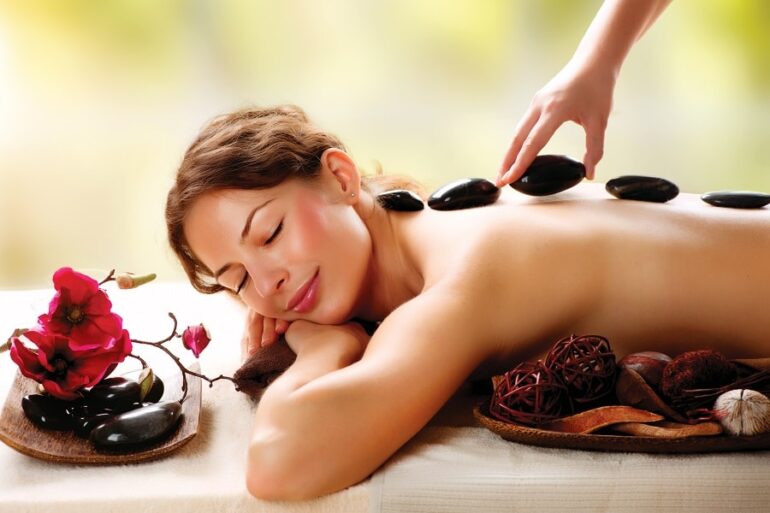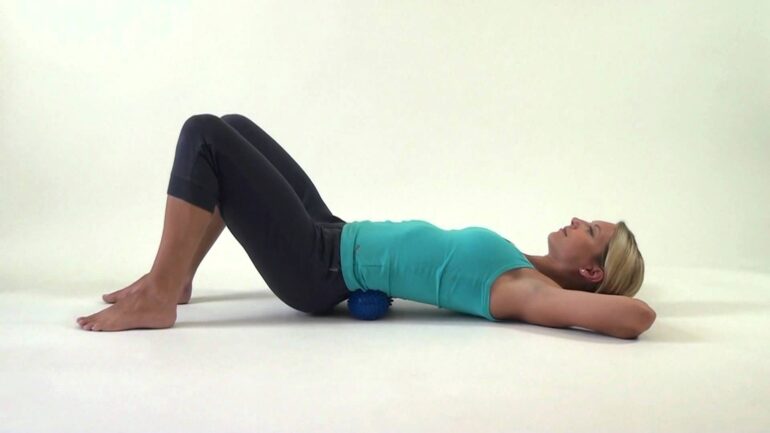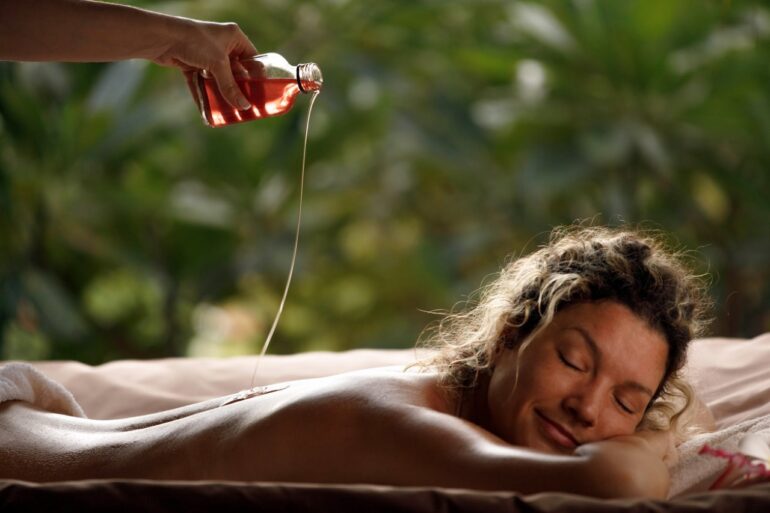Ever feel like you’re carrying the weight of the world on your shoulders? No worries, we’ve all been there. Let’s chat about a game-changing solution: massage.
Whether you’re dealing with stress, muscle tension, or just need a break from life, massage offers a world of benefits. So, let’s explore some techniques to achieve deep relaxation through massage, minus the fluff and jargon.
Swedish Massage

Swedish massage, the go-to for many, is all about long, gentle strokes and kneading to ease muscle tension. It’s the ultimate way to relax and feel rejuvenated. If you’re looking for the convenience of a massage at home, consider trying a mobile massage.
This way, you can enjoy all the benefits of a Swedish massage without even leaving your house. Plus, the comfort of your own space can enhance the relaxation experience even more.
- Long Strokes: Think of long, flowing strokes that go in the direction of blood returning to the heart. It’s like a gentle wave washing away stress.
- Kneading: This technique works on the deeper layers of muscle, easing tension and promoting relaxation.
- Circular Pressure: Small circular movements, usually done with the palms or thumbs, help to release muscle knots.
A Swedish massage session often leaves you feeling rejuvenated, with improved circulation and reduced muscle tension.
Deep Tissue Massage
Got some serious knots? Deep tissue massage is your go-to. It targets the deeper layers of muscle and connective tissue.
- Slow and Firm Strokes: This massage isn’t about speed. Slow, deliberate strokes go deep into the muscles.
- Friction: Focused pressure is applied to specific areas using fingers, knuckles, or elbows. This helps to break down scar tissue and relieve muscle tension.
- Stretching: Gently stretching the muscles helps to improve flexibility and reduce tension.
Expect some soreness after a deep tissue massage, but it’s a good kind of sore that means your muscles are on the mend.
Hot Stone Massage

Imagine lying on a table with warm stones placed on key points of your body. Sounds heavenly, right? That’s hot stone massage for you.
- Heated Stones: Smooth, heated stones are placed on specific parts of your body to warm and relax tight muscles.
- Combined Techniques: The therapist may use the stones as an extension of their hands, applying gentle pressure and movements.
- Deep Heat: The heat from the stones penetrates deep into the muscles, easing tension and promoting relaxation.
Hot stone massage is perfect for those cold winter days when you need a bit of extra warmth and comfort.
Aromatherapy Massage
Aromatherapy massage takes your relaxation to another level by incorporating essential oils.
- Essential Oils: These are chosen based on their therapeutic properties. Lavender for relaxation, peppermint for invigoration, etc.
- Inhalation and Absorption: As the massage progresses, you inhale the scents, which can have a calming or invigorating effect. The oils are also absorbed through the skin.
- Gentle Touch: The massage itself tends to be gentle, focusing on spreading the oils and creating a soothing experience.
Aromatherapy massage can transport you to a place of tranquility, making it a great choice for stress relief.
Shiatsu Massage

Originating from Japan, Shiatsu massage focuses on applying pressure to specific points on the body, much like acupuncture but without the needles.
- Finger Pressure: Firm pressure is applied using fingers, thumbs, and palms.
- Stretches and Joint Rotations: Gentle stretches and rotations help to release tension and improve flexibility.
- Meridian Points: Pressure is applied to specific points along the body’s energy pathways to balance the body’s energy flow.
Shiatsu can leave you feeling balanced, both physically and emotionally.
Reflexology
Ever thought your feet could be the key to full-body relaxation? Reflexology works on that principle.
- Pressure Points: Specific points on the feet (and sometimes hands) correspond to different organs and systems in the body.
- Thumb and Finger Techniques: Applying pressure with thumbs and fingers to these points can help alleviate stress and improve overall health.
- Systemic Effects: Though the focus is on the feet, the effects can be felt throughout the body, promoting relaxation and wellness.
Reflexology is a great option for those who prefer a more localized treatment but still want full-body benefits.
How to Maximize Your Massage Experience
A massage can be a truly transformative experience if done right. Here are some tips to get the most out of your session:
- Communicate: Always communicate with your therapist about your preferences, pain points, and any areas to avoid.
- Hydrate: Drinking plenty of water before and after your massage helps flush out toxins from your body.
- Relax: Try to clear your mind and focus on your breathing during the massage. It enhances the relaxation process.
- Regular Sessions: Making massage a regular part of your routine can provide ongoing benefits and help maintain relaxation and muscle health.
DIY Techniques for At-Home Relaxation

Can’t make it to a professional massage therapist? No problem. You can still achieve some level of relaxation with a few DIY techniques:
- Self-Massage Tools: Invest in some basic tools like a foam roller, massage balls, or even a simple tennis ball.
- Stretching: Regular stretching can help keep your muscles limber and reduce tension.
- Hot Baths: Soaking in a hot bath with Epsom salts can help relax your muscles and ease tension.
- Breathing Exercises: Simple breathing exercises can help reduce stress and promote relaxation.
Different Massage Oils

Let’s not forget about the unsung heroes of massage: the oils. They aren’t just for making things slippery. Each oil brings its own set of benefits to the table (or the massage bed).
Coconut Oil
- Hydration: Coconut oil is fantastic for moisturizing your skin.
- Antimicrobial Properties: Helps to keep your skin healthy and free of infections.
- Aroma: The light, tropical scent can make you feel like you’re on a beach vacation, even if you’re just in your living room.
Jojoba Oil
- Closest to Skin’s Natural Oils: Jojoba oil is similar to the sebum our skin naturally produces, making it an excellent choice for most skin types.
- Non-Greasy: Absorbs easily without leaving a greasy residue.
- Antioxidant: Rich in vitamins E and B, it helps to repair and control damage.
Almond Oil
- Nutrient-Rich: Packed with vitamins A, D, and E, it’s great for nourishing the skin.
- Hypoallergenic: Generally safe for people with sensitive skin.
- Easy Glide: Provides a good amount of lubrication, perfect for those longer massage sessions.
Final Thoughts
Massage is more than just a luxury; it’s a necessity for those of us looking to unwind and reset. From Swedish to Shiatsu, each technique offers unique benefits tailored to different needs. Whether you’re heading to a spa or doing it yourself at home, the goal is the same: deep relaxation and relief from the stresses of everyday life. So go ahead, treat yourself to a massage, and feel the difference it makes.
